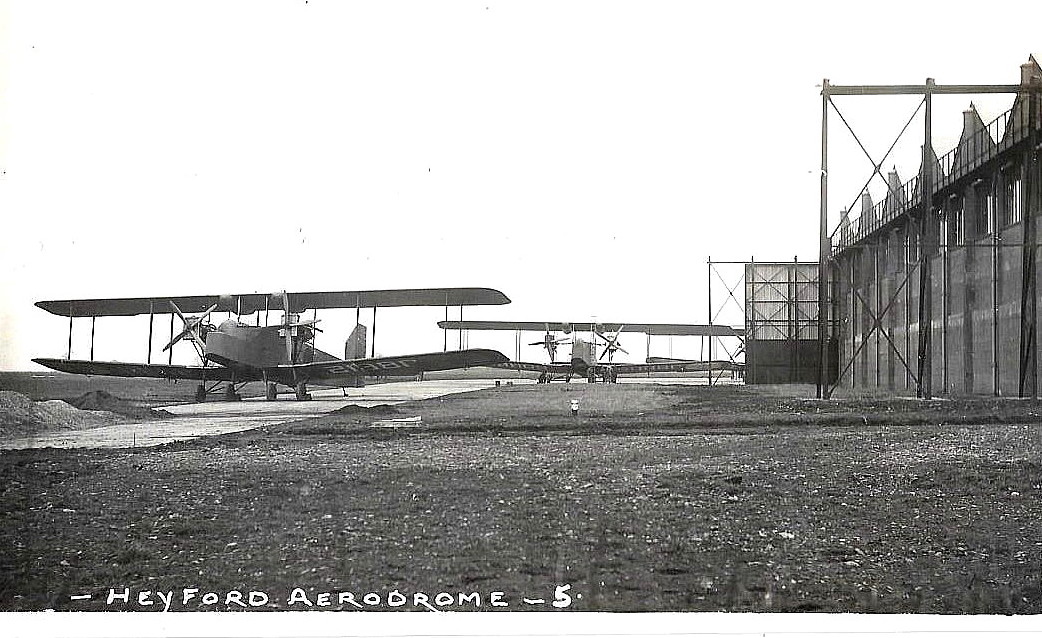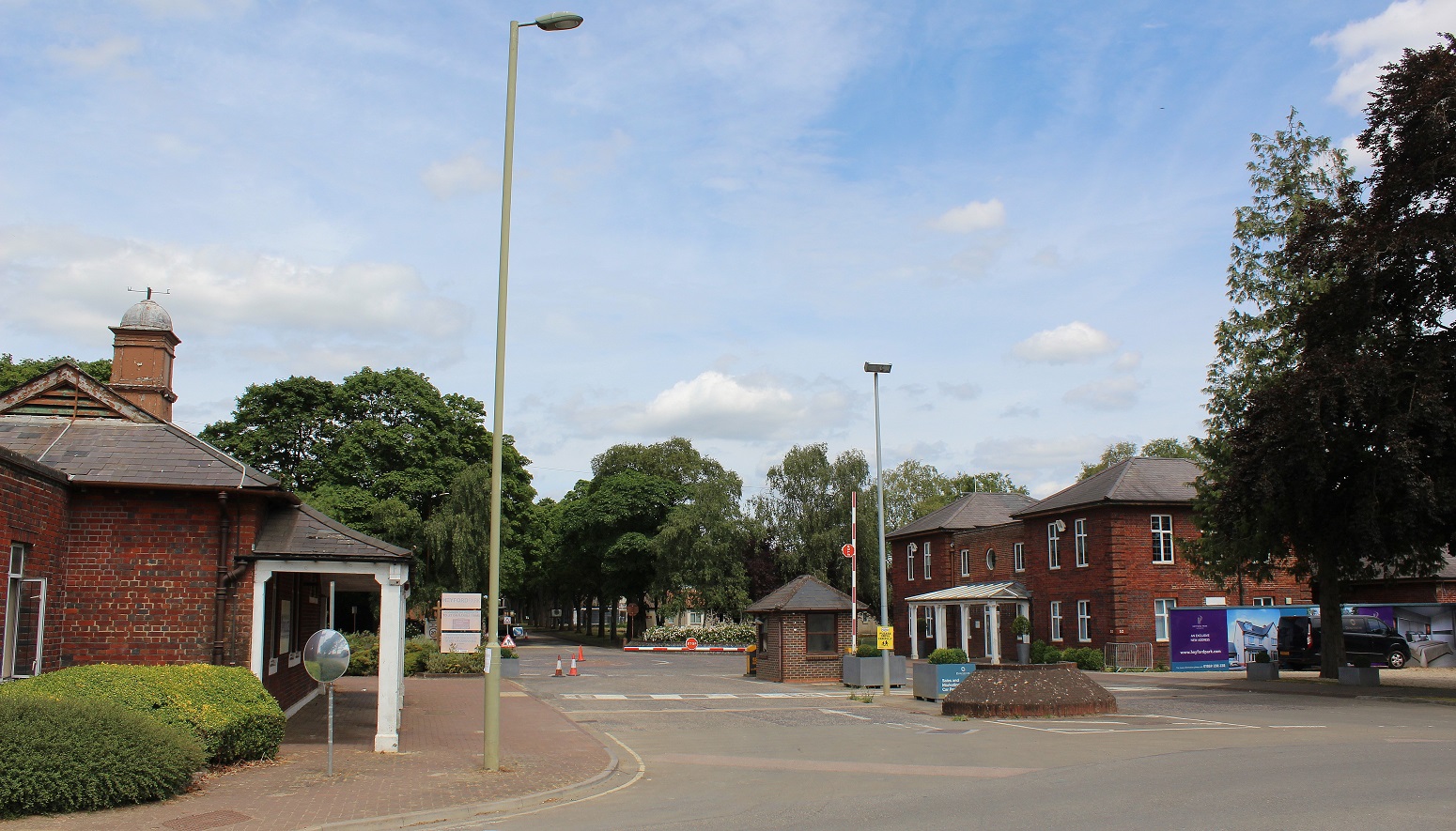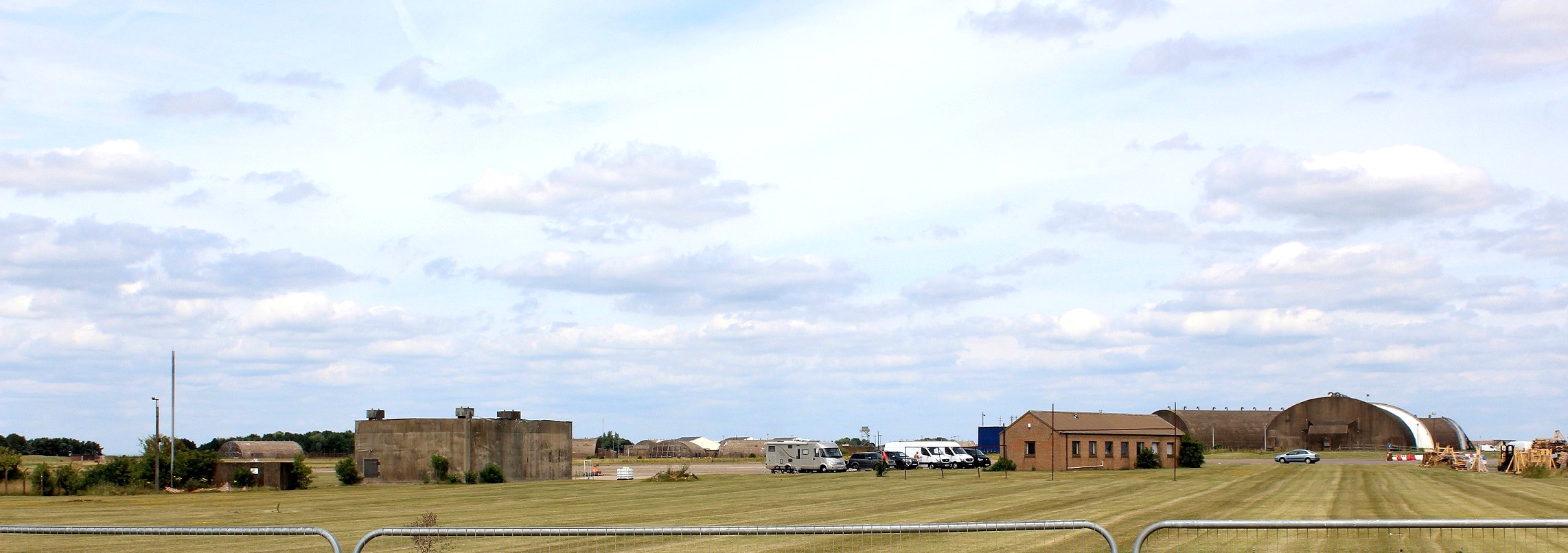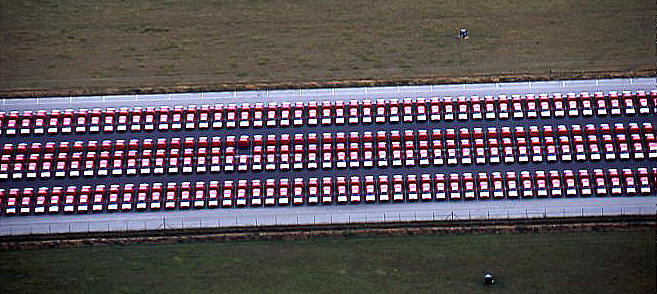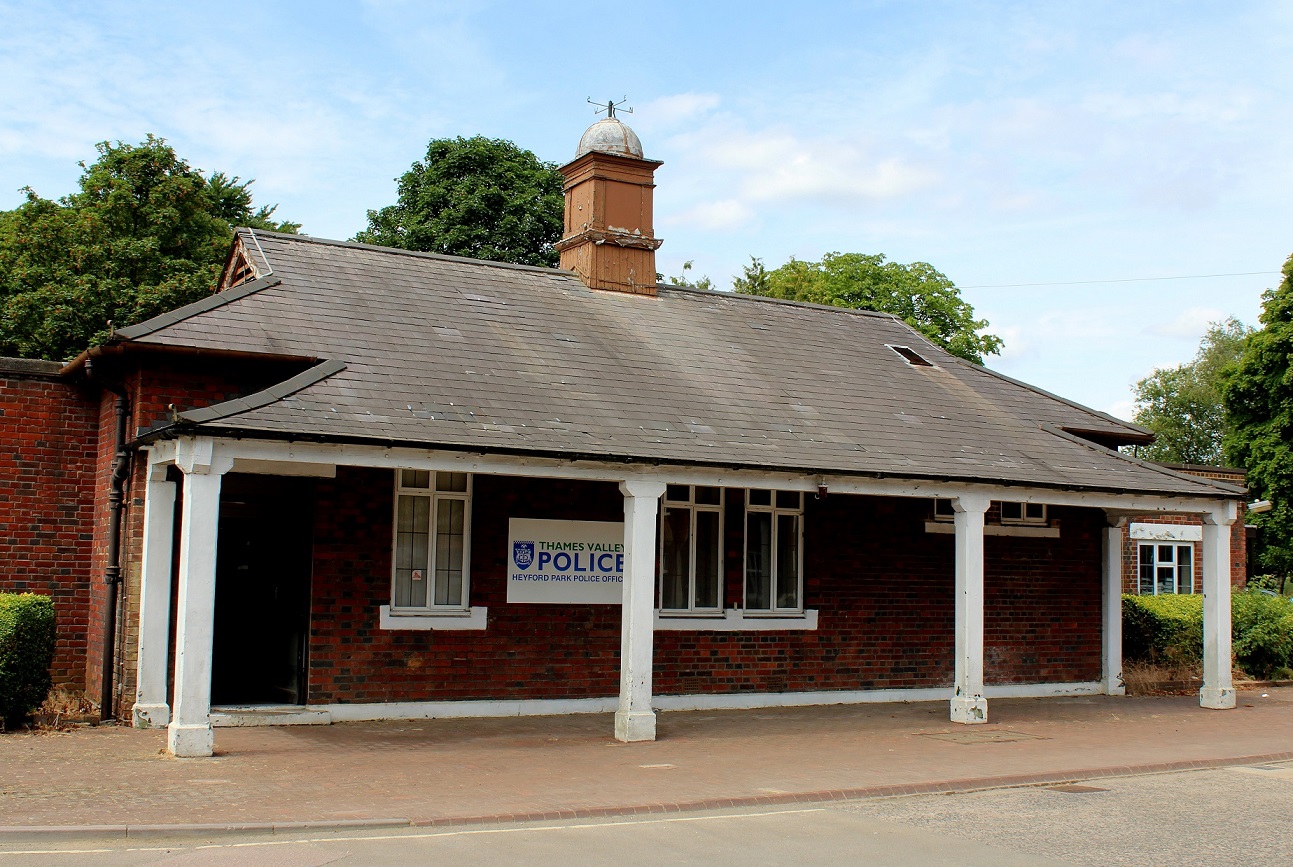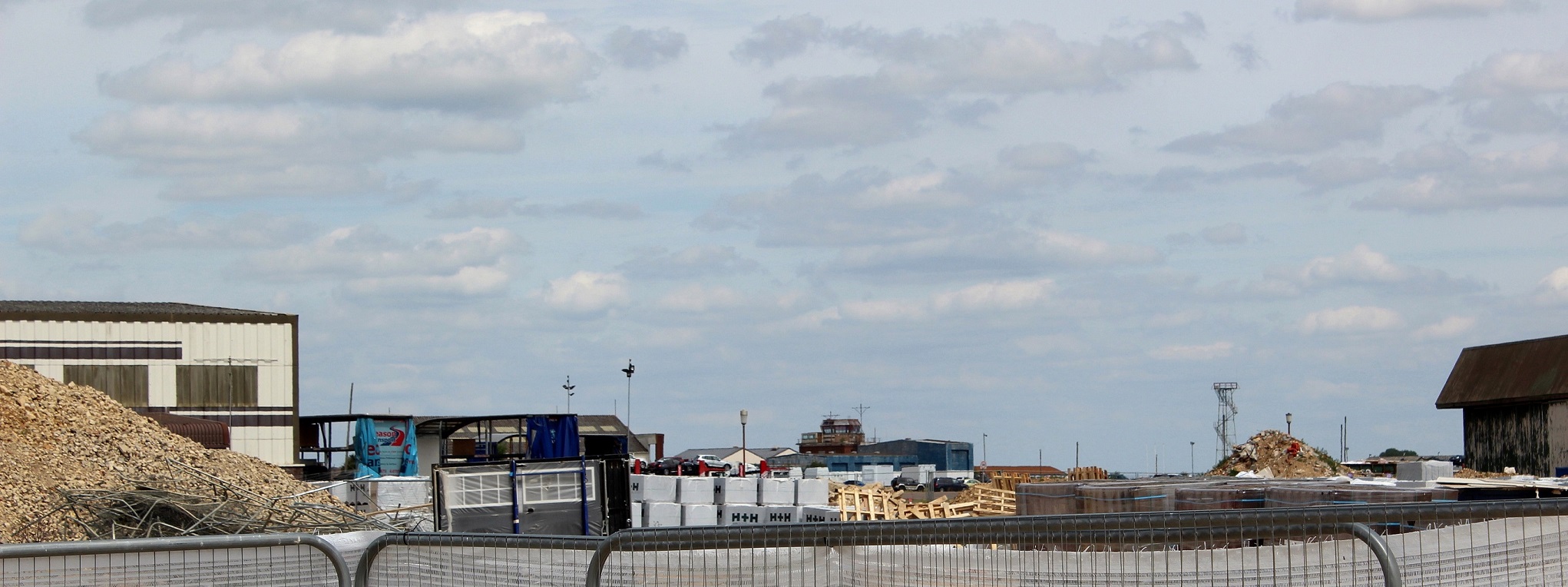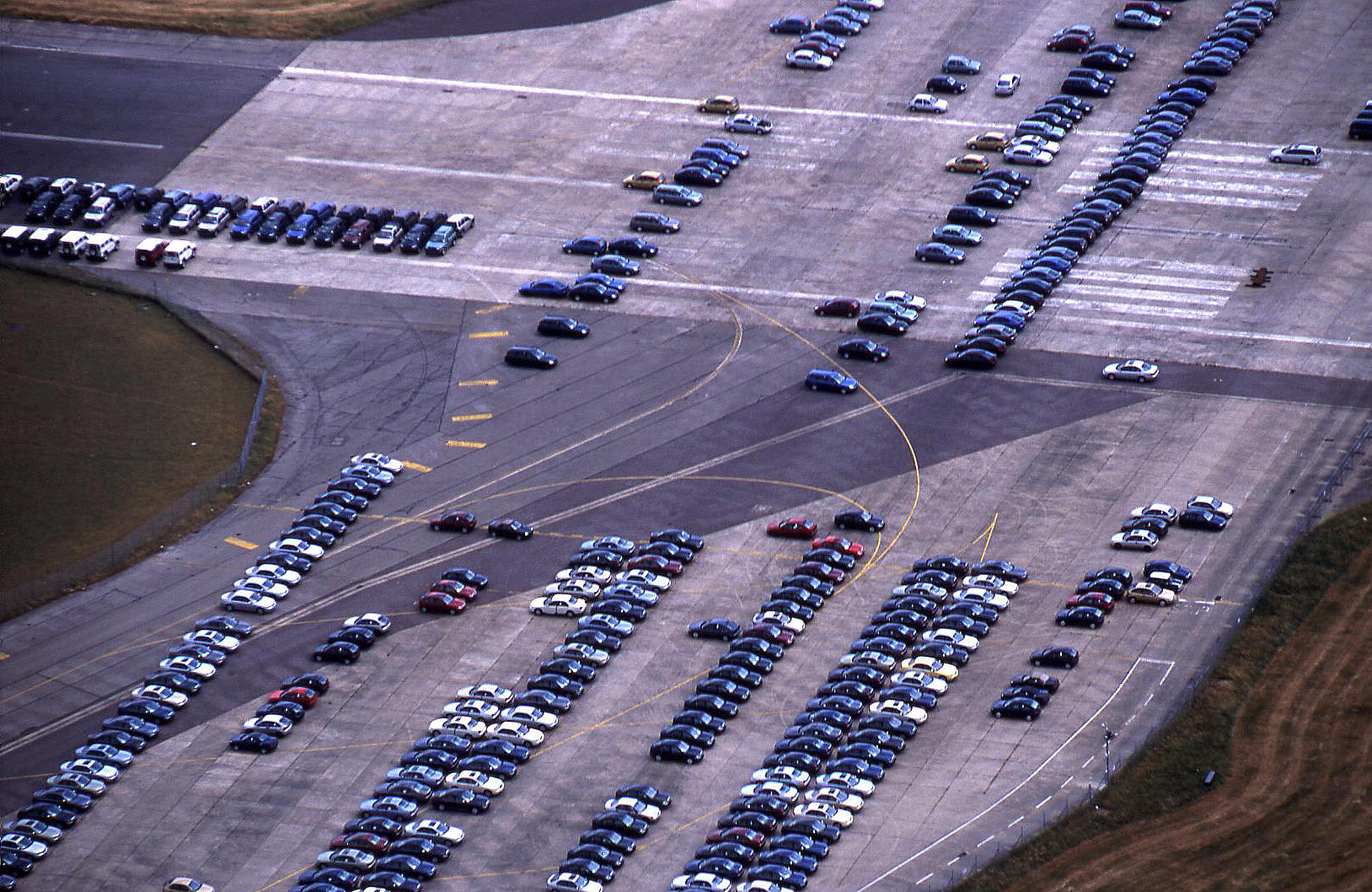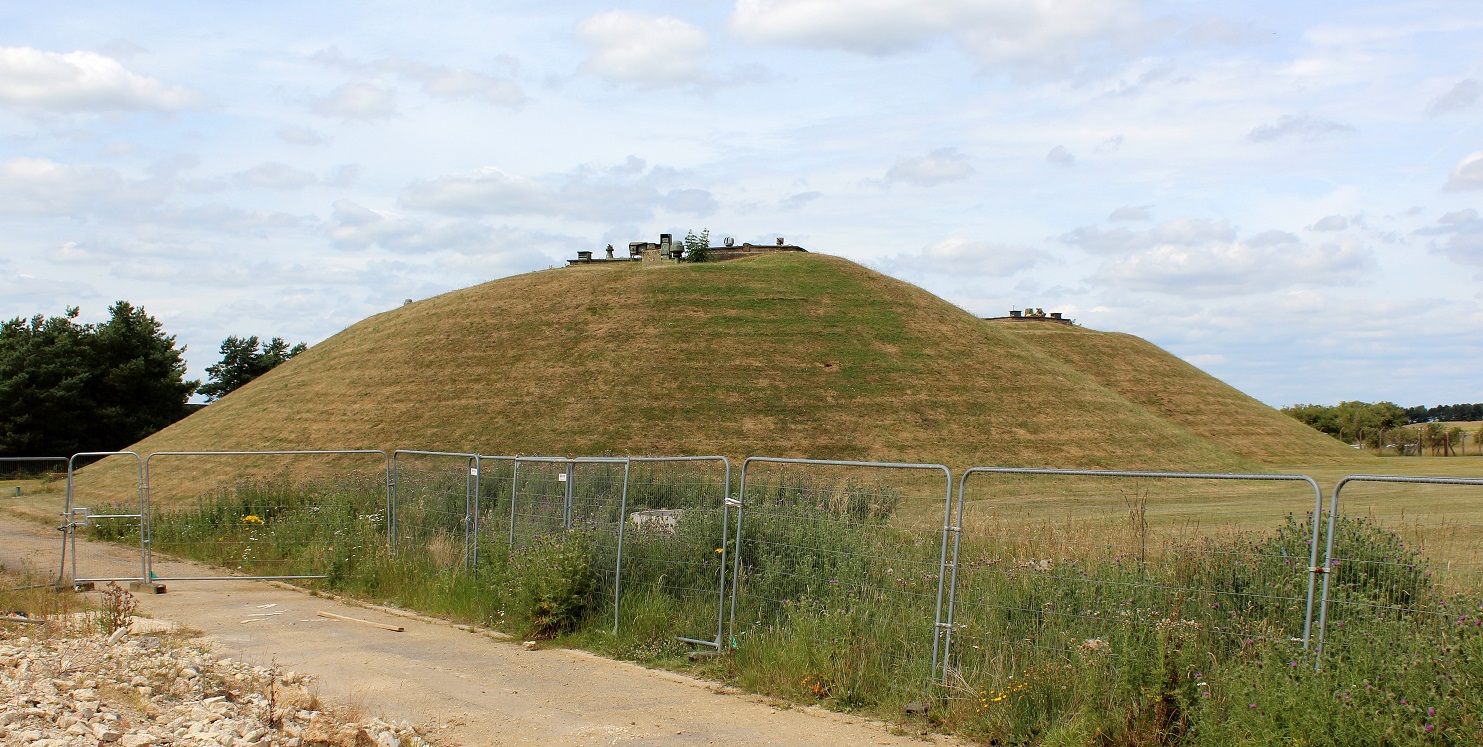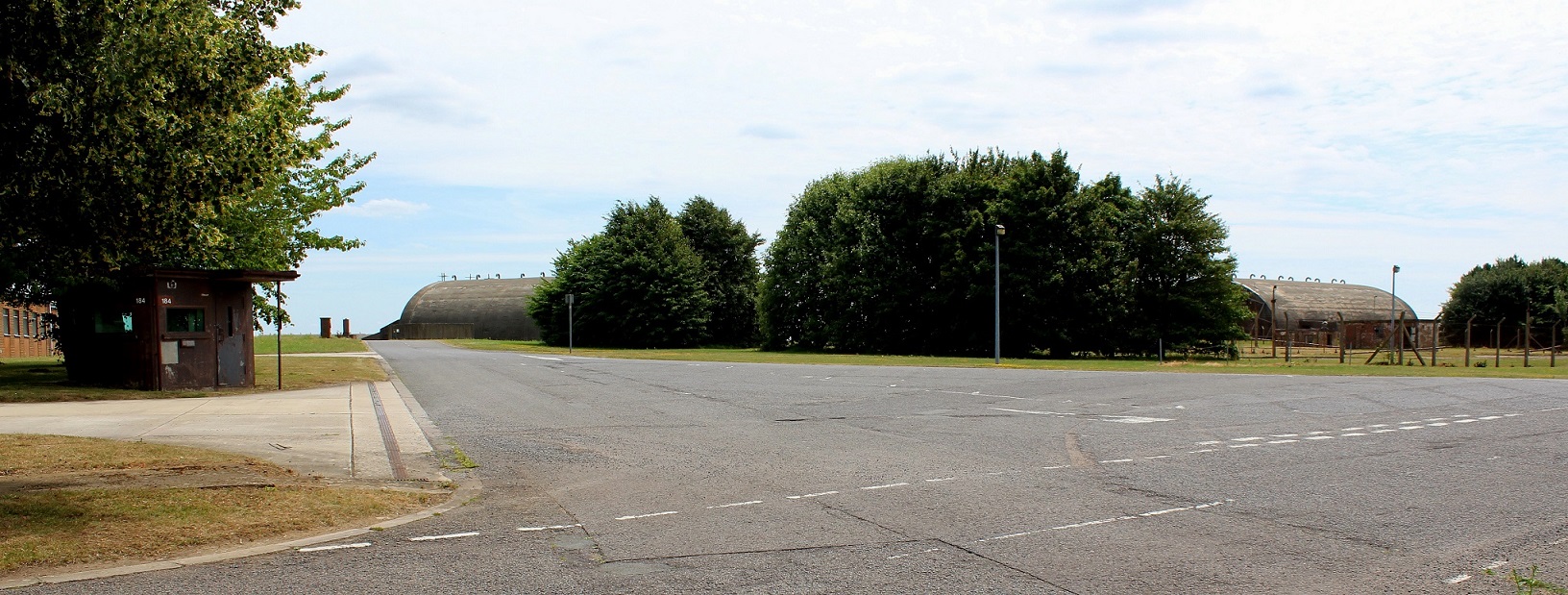Upper Heyford
UPPER HEYFORD: Military aerodrome later large USAFE air base
Note: Originally known simply as HEYFORD
Military users: WW1: Apparently a RAF Training Depot Station under construction in 1918, but used as a RAF Training Squadron Station and Mobilisation Station from 1915 to 1920 when it closed until restarting operations in 1926
Between the wars: RAF Bomber Command 1 Group
Note: I am unsure when 18 Squadron became part of 1 Group here. Probably during the late 1930s?
Note: The H.P.24 Hyderabad was the last RAF bomber of wooden construction and clearly a throwback to the 0/400 of WW1. It entered service in 1925 and was retired in 1933. Looked at today it seems remarkable that such a design was not only built but but commissioned for service in the RAF, but we need to remember that aircraft such as this were seen by the RAF as being highly suitable for use in the Middle East at least, to maintain our 'Empire' interests.
I have Mike Charlton to thank for these pictures, scanned from postcards. He has an amazing collection of British aviation postcards; see www.aviationpostcard.co.uk
10 Sqdn (Handley Page H.P.24 .Hyderabads)*
18 Sqdn (Hawker Harts, later Bristol Blenheims)
226 Sqdn (Fairey Battles)
Oxford University Air Squadron (From 1927 to 1932) (Avro 504Ns)
WW2: RAF Bomber Command 92 Group
7 & 76 Sqdns (Handley Page Hampdens)
57 Sqdn (Bristol Blenheims)
16 OTU (Avro Ansons, Handley Page Hampdens & Vickers Wellingtons)
Post 1945: RAF 16 OTU
1975: USAF (F-111s)
USAFE 1980s: 55, 77, 79 TFS (F111E Aardvarks)
42 ECS (EF111A Aardvarks)
Flying club/school: 1959 ‘snapshot’. Upper Heyford Chapter SAC Aero Club
(And yes, they were a member of the Association of British Aero Clubs and Centres)
Location: W of A43, (now B430), WSW of Ardley, 5nm NW of Bicester
Period of operation: 1915 to 1920 then 1926 to 1994
Site area: WW1: 1915: approx 160 acres 1918: 257 acres 1097 x 869
(pretty much in the centre of the later USAF air base)
UPPER HEYFORD PICTURE GALLERY
Note: Along with quite a few major military UK airfields, one runway at Upper Heyford had now become a parking lot for vehicle manufacturers. A visit in 2017 showed that the site was both being developed for housing and a fairly major estate for commercial if not small scale industrial purposes.The fifth picture above clearly shows the state of affairs in July 2017, half demolition site, half buiding site. The control tower is still visible - will this be preserved?
Runways: WW2: 03/21 1829x46 hard 08/26 1554x46 hard
13/31 1417x46 hard
NOTES: It appears that before the end of WW1 Canadian pilots were being instructed in dive-bombing techniques flying Sopwith Salamanders but they didn’t see service due to the war ending.
* During the period 1928 to 1935, (approximately), it appears 10 Sqdn also flew Handley Page Hinaidis, Handley Page Heyfords, (very appropriate), and Vickers Virginias. One account claims the Squadron moved to BOSCOMBE DOWN (WILTSHIRE) in 1931. On moving to DISHFORTH (YORKSHIRE) prior to WW2 they were, it seems still flying Heyfords before converting to Whitleys.
THE EARLY STAGE OF WW2
As is often the case I have struggled to get to grips with the history. According to John Sweetman, (author of Bomber Crew), in February 1942, when ‘Bomber Harris’ took command of Bomber Command, he had only 378 servicable bombers. Yet by the 30th May he launched the first ‘Thousand bomber’ raid, (actually using 1046 aircraft), on Cologne. These figures surely don’t add up? In just three months he had trebled his force? This said he put together a force from pretty much everything he had, including obsolete types flown by trainee aircrews based at training stations. This is why Handley Page Hampdens used by the OTU based here, also took place in the raid. As a PR exercise, it was a huge success.
But, we must also remember that WW2 was not a strictly a military affair. In fact it was the first complex war where the combination of PR advantages, technological advances, intelligence gathering and subversive counter-measures, (to mention just a few), were of equal importance to brute force by blokes firing guns.
To quote from his excellent book Bomber Crew John Sweetman states: “Against Düsseldorf on 10/11 September,” (My note: This was in 1942), “No.16 OTU at Upper Heyford lost five of the thirteen Wellingtons it put up. During the bomber campaign as a whole, OTUs would lose 120 twin-engine aircraft on raids, the bulk of them in 1942.” It should be made absolutely clear that at this point in the war, Bomber Command were often throwing semi-trained aircrews into combat. Nothing new here of course, the RAF had done exactly the same in the ‘Battle of Britain’ with so called ‘fighter’ pilots. It is of course far too easy to judge this today, with hindsight – as being utterly unacceptable. But, when confronted with a foe known to be intent on totally destroying you, would you not also throw everything you had?
A QUESTION
For WW2 this aerodrome had most unusual runway lengths for a RAF bomber base; was there a particular reason for this? Later on, after WW2, at least one runway was laid out and apparently lengthened, strengthened, (and possibly widened?), to accept the giant Convair B.36 bomber.
Tony O’Gorman who was at a nearby school when the B.36s were operating, told me that when they went to take-off the headmaster regularly went nigh on apoplectic with rage as all lessons were suspended due to the incredible noise. Needless to say most of the boys simply loved this noise and the excellent results it had on disrupting the school timetable.
THE CUBAN MISSILE CRISIS
This base, along with BRIZE NORTON, FAIRFORD and GREENHAM COMMON, had Boeing B-47 Stratojets loaded with nuclear weapons and poised to go. It was a very fraught situation with the world on the very brink of World War Three. The British public, and our parliament for that matter, were at the time blissfully unaware of just how tense this had become.
The entire episode has been, and still is to some extent, entirely misrepresented in accordance to the dictats of US propoganda. All the Soviets were trying to do, perfectly reasonably, was to counter the US practice of establishing a considerable military force virtually on their 'doorstep' with US bases in Turkey and the UK of course. Highly recomended reading on this subject is 'Britain on the Brink' by Jim Wilson.
A PERSONAL MEMORY
As a USAF airbase later on it was well known in the late 1980s for having the General Dynamics F-111 ‘swing-wing’ types based here. In fact when I learnt to fly, mainly from WYCOMBE AIR PARK, we sometimes saw them. What I remember best though was the Flight Information Service they provided. For example I clearly remember being a real ‘rooky’ pilot still training heading off to COVENTRY as part of my first solo cross-country ‘land-away’ exercise, (SYWELL was the next destination), and asking UPPER HEYFORD for a FIS, (Flight Information Service), and talking to a USAFE ATCO with the broadest of Texan accents. I could almost smell the Stetson hat and the jangle of spurs on the cowboy boots he surely must have been wearing? I had to restrain myself from saying, “Howdie Upper Heyford, this here is your good ol’ down home Cessna 152 Golf Right Proper Charlie cooking up a course to drop the Dunlops onto Coventry” etc…but I didn’t of course, remaining frightfully correct and British by jove. Happy days!
Terry Clark
This comment was written on: 2018-01-17 14:44:48First time I drove past Heyford was on 18 Mar 1965; there were a large number of B47s parked there on rotation from the USA. Second time was in about '68 0r '69; F101 Voodoos were in residence as De Gaulle had just thrown a 'wobbly' and told all NATO forces to leave French soil; I think this may have been 48th TFW who later re-equipped with F 111s (about '70 or '71?)
Nick Forder
This comment was written on: 2018-07-03 17:19:17Interested in the claim that there was flying from Heyford in 1915. The aerodrome was not cleared for building until 1918. There is no connection between the 1918 and 1927 aerodromes, other than location. The first was closed in 1919, and returned to arable land in 1920. The first concrete runways were laid in 1944 when the heaviest aircraft using Heyford were Wellingtons. These were 1/3 weight of a B-29, hence the need to strengthen the runways etc from 1950. All runway extensions were in response to USAF requirements. 20 TFW (F-100Ds) arrived in 1970, to be replaced by F-111Es in september. 42 ECS EF-111A Ravens arrived in 1983.
Reply from Dick Flute:
Hi Nick, A great pleasure to hear from you again. As per usual I can only report what I have found, or been advised about. If correct, I assume that flying from Heyford prior to 1918 would indicate that the facilities there were very minimal indeed. But of course, this was often the case for so many locations in the UK. I shall certainly keep this posted. My best regards, Dick
We'd love to hear from you, so please scroll down to leave a comment!
Leave a comment ...
Copyright (c) UK Airfield Guide
















